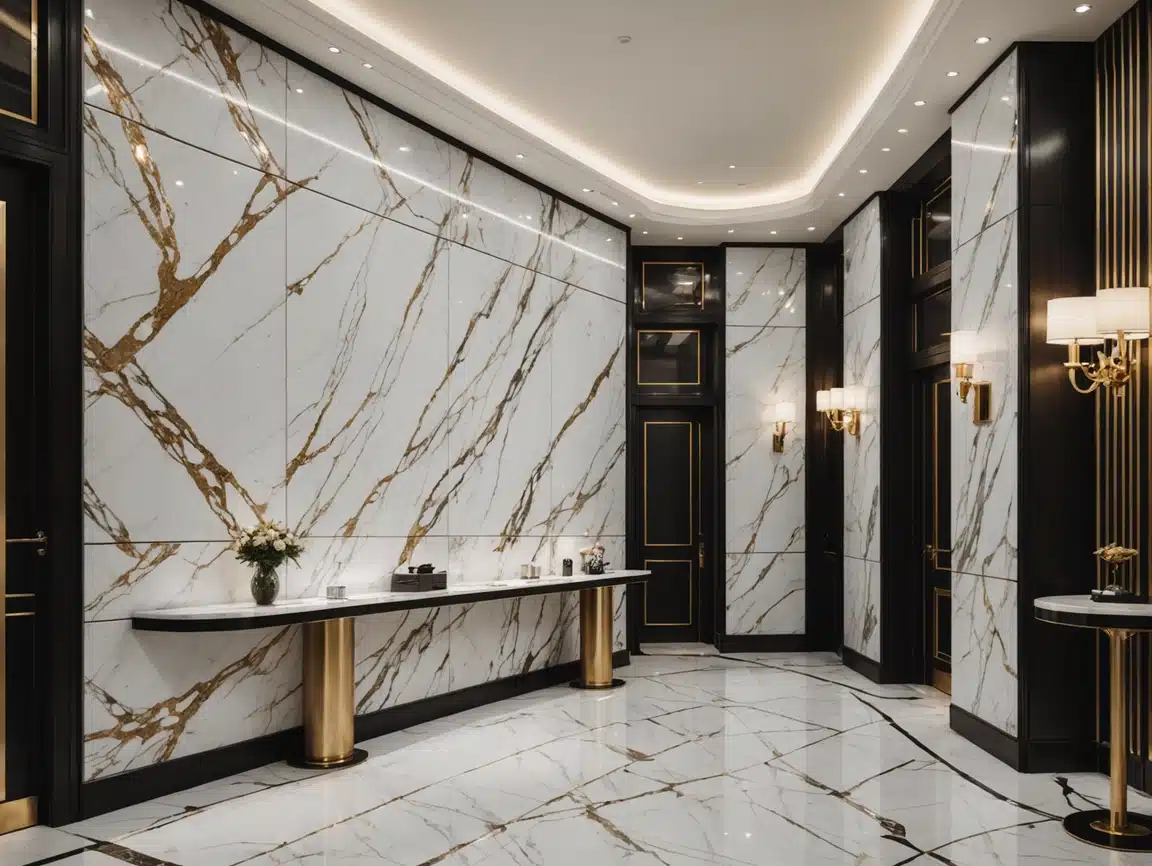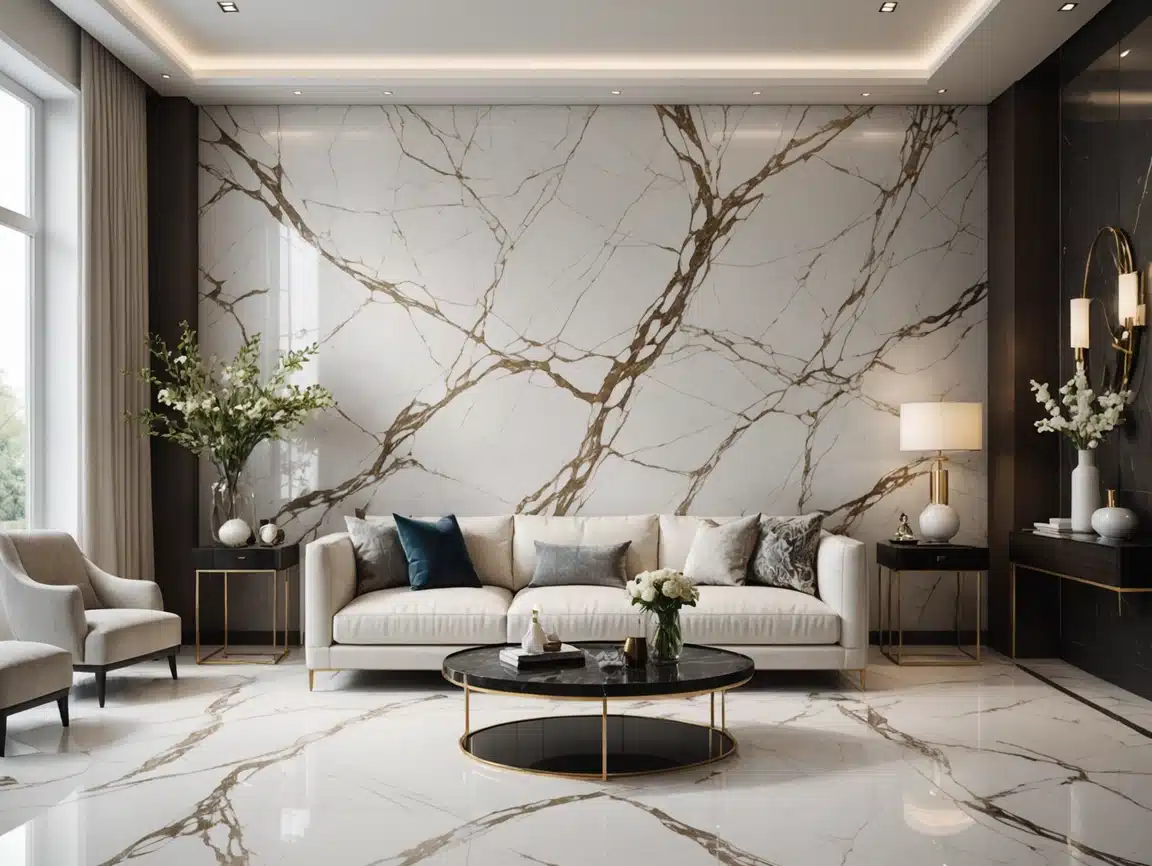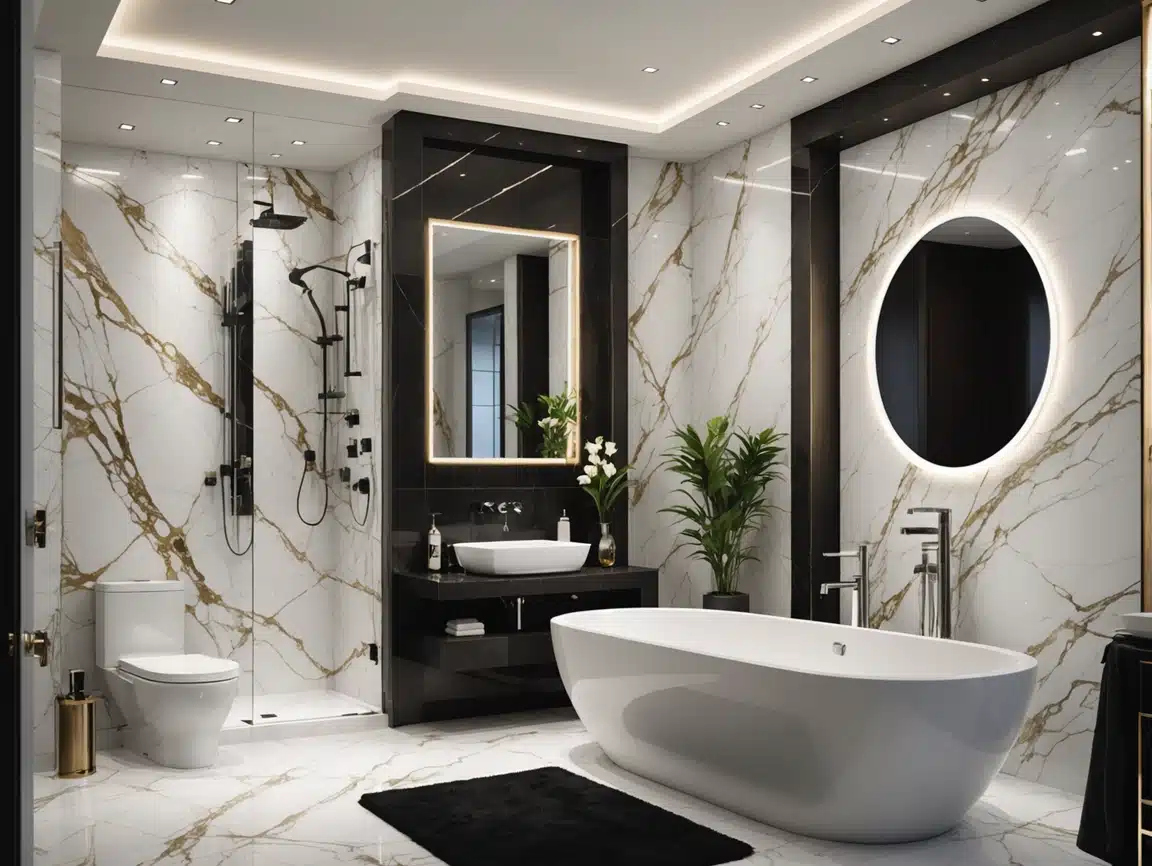5 Affordable Ways to Reduce Room Echoes
Echoes can turn a cozy room into an acoustic nightmare—making conversations unclear and music sound tinny. But you don’t need to break the bank to fix it! Here are 5 proven, budget-friendly methods to reduce echoes instantly, using materials under $100.
Key Takeaways
- Reduce echoes by 30–50% with simple, affordable fixes.
- Solutions cost as little as $10 and take minutes to set up.
- Ideal for home offices, empty rooms, apartments, and rental spaces.
1. Hang Heavy Curtains or Moving Blankets
Why It Works: Thick fabrics absorb mid- and high-frequency sounds (voices, clatters) reflected off windows and walls.
Cost: 20–100
How to Do It:
- Use blackout curtains (25–60) on windows.
- DIY Hack: Hang moving blankets (15–25 each) on walls with curtain rods or hooks.
- Pro Tip: Leave a 2–4 inch gap between the curtain and wall for better absorption.
2024 Trend: Thermal-lined curtains that block noise and regulate room temperature.
2. Layer Rugs and Carpet Padding
Why It Works: Hard floors (tile, wood) reflect sound upward. Soft layers absorb footsteps and echoes.
Cost: 30–200
How to Do It:
- Add a thick area rug (30–150) with a rubber or felt underpad (10–50).
- Rental-Friendly: Use interlocking foam tiles (20–50) for temporary setups.
Bonus: Rugs also add warmth and style to empty rooms.
3. DIY Acoustic Panels (Under $20 Each)
Why It Works: Homemade panels absorb sound waves hitting walls.
Cost: 10–20 per panel
Materials Needed:
- Rockwool or fiberglass insulation (15–30 per sheet).
- Wooden frame or cardboard backing.
- Decorative fabric or burlap (5–10/yd).
Steps:
- Cut insulation to 2×4 ft panels.
- Wrap with fabric and staple to a frame.
- Mount with adhesive strips or hooks.
Pro Tip: Space panels 1–2 feet apart for balanced coverage.
4. Rearrange Furniture to Break Up Sound
Why It Works: Furniture disrupts sound waves, reducing flutter echoes between parallel walls.
Cost: $0 (use what you have!)
How to Do It:
- Place bookshelves, sofas, or cabinets against bare walls.
- Angle chairs or tables to scatter sound.
- Avoid aligning large furniture in symmetrical rows.
2024 Hack: Use open bookshelves filled with books as natural sound diffusers.

5. Add Soft Decor and Textiles
Why It Works: Pillows, wall art, and plants absorb and scatter echoes.
Cost: 20–100
Affordable Ideas:
- Tapestries or quilts (15–40) on walls.
- Throw pillows (10–25 each) on couches.
- Felt wall tiles (20–50) in geometric patterns.
- Indoor plants (10–30) in corners (foliage absorbs sound).
Stylish Tip: Use macramé hangings or woven baskets for boho-chic sound control.
Comparison: Methods vs. Effectiveness
| Method | Echo Reduction | Cost | DIY Time |
|---|---|---|---|
| Heavy Curtains | 30–40% | 20–100 | 30 mins |
| Layered Rugs | 20–30% | 30–200 | 1 hour |
| DIY Acoustic Panels | 40–50% | 10–20/panel | 2 hours |
| Furniture Rearrangement | 10–20% | Free | Immediate |
| Soft Decor | 15–25% | 20–100 | 1 hour |
Free/Cheap Hacks for Renters
- Egg Cartons on Walls: Glue egg cartons (5–10) to walls—partial absorption for ultra-low budgets.
- Towels or Blankets: Drape them over doors or hard furniture.
- Weatherstripping: Seal gaps under doors (5–15) to block noise leaks.
Conclusion: Silence Doesn’t Have to Cost a Fortune
Even small changes—like hanging a rug on the wall or tossing down a thick carpet—can dramatically cut echoes. Start with one method and layer solutions as needed!
Need more help? Download our free echo reduction checklist or shop budget-friendly acoustic products!
Free samples
In recent years, composite products have become more and more popular all over the world. We believe you will also be interested in this new material. If you are interested, you can come to consult us. We have a professional service team that can not only answer any questions you may have but also provide you with free samples. Let you better understand the composite products. There is no doubt that composite wall panels will be the new future.
Share

James is a content creator and decorator with five years of experience designing home decor. In his daily life, james is constantly on the lookout for the latest, great examples of house design and further optimizes his solutions. Additionally, he writes articles related to outdoor design, interior design, and architectural decorating materials to help brands build more engaging relationships with their audiences.




